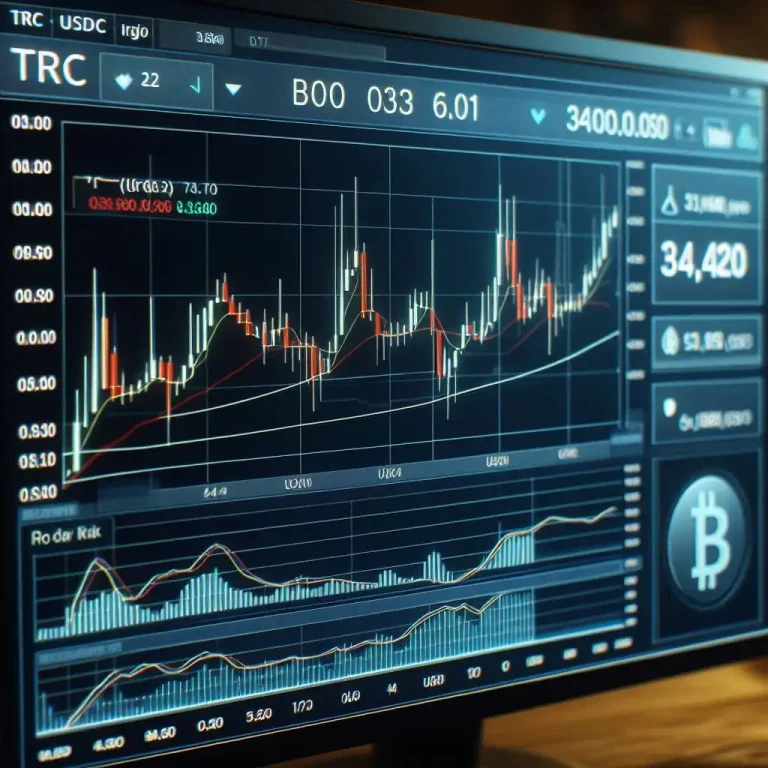What types of trading are there

- Stock Trading: Buying and selling shares of publicly traded companies on stock exchanges.
- Forex Trading: Trading currencies in the foreign exchange market, where traders speculate on the exchange rates between different currencies.
- Cryptocurrency Trading: Buying and selling digital currencies like Bitcoin, Ethereum, and others on cryptocurrency exchanges.
- Options Trading: Involves trading contracts that give the buyer the right, but not the obligation, to buy or sell an underlying asset at a specified price within a certain time frame.
- Futures Trading: Trading contracts to buy or sell an asset at a predetermined price on a future date.
- Commodity Trading: Involves trading commodities such as gold, oil, agricultural products, and more.
- Day Trading: Buying and selling financial instruments within the same trading day, with the goal of profiting from short-term price movements.
- Swing Trading: Holding positions for several days to weeks, aiming to capture medium-term price swings.
These are some of the major types of trading, each with its own strategies, risks, and potential rewards.
Commodity Trading
Commodity trading involves buying and selling raw materials or primary agricultural products such as gold, oil, coffee, wheat, and more. Traders can participate in commodity markets through various instruments, including futures contracts, options, and exchange-traded funds (ETFs).
Here’s a simplified breakdown of commodity trading:
- Buyers: Purchase commodities with the expectation that their prices will increase in the future, allowing them to sell at a profit.
- Sellers: Sell commodities, often producers or suppliers, either to lock in prices or to profit from falling prices if they believe the market will decline.
Commodity trading is crucial for industries that rely on these raw materials, and it also attracts investors and speculators looking to diversify their portfolios or capitalize on market trends. Prices of commodities can be influenced by factors such as supply and demand, geopolitical events, weather conditions, and economic indicators.
Stock Trading
Stock trading is the buying and selling of shares or pieces of ownership in companies. When you buy stocks, you become a partial owner of that company, and when the company does well, the value of your stocks can increase. People trade stocks on stock exchanges like the New York Stock Exchange or NASDAQ. It’s a way for individuals and institutions to invest in businesses and potentially make money as the companies grow and succeed.
Forex Trading
Forex trading, short for foreign exchange trading, involves buying and selling currencies. People trade currencies because they want to exchange one currency for another, often to make a profit based on changing exchange rates. It’s done through a global network of banks, brokers, and financial institutions, and it’s one of the largest financial markets in the world. Forex traders aim to predict currency movements and make trades accordingly, hoping to capitalize on price changes to make money.
Cryptocurrency Trading
Cryptocurrency trading involves buying and selling digital currencies like Bitcoin, Ethereum, and others. Unlike traditional currencies, cryptocurrencies operate on decentralized networks using blockchain technology. People trade cryptocurrencies on specialized online platforms called cryptocurrency exchanges. Traders aim to profit from price fluctuations in cryptocurrencies, buying them when they expect prices to rise and selling them when they anticipate a decline. Cryptocurrency trading is known for its volatility and potential for significant gains or losses.
Options Trading
There are two main types of options:
- Call Options: These give the buyer the right to buy an asset at a predetermined price (strike price) before a specified expiration date.
- Put Options: These give the buyer the right to sell an asset at a predetermined price (strike price) before a specified expiration date.
Options traders use various strategies to capitalize on market movements, hedging risks, or generating income. It’s a complex but potentially rewarding form of trading that requires understanding market dynamics and risk management.
Futures Trading
Futures trading involves buying and selling contracts to buy or sell an asset, such as commodities, currencies, or financial instruments, at a predetermined price on a future date. These contracts are called futures contracts.
Here’s how it works:
- Buyers (Long Position): Agree to purchase the asset at a specified price on a future date. They hope that the price of the asset will rise, allowing them to buy at a lower price and profit from the difference.
- Sellers (Short Position): Agree to sell the asset at a specified price on a future date. They anticipate that the price of the asset will decrease, enabling them to sell at a higher price and make a profit.
Futures trading is popular among investors and traders looking to hedge against price fluctuations, speculate on market movements, or manage risk. It’s commonly used in commodities like agricultural products, energy, metals, as well as financial products like stock indices and currencies.
Day Trading
Day trading refers to the practice of buying and selling financial instruments like stocks or currencies within the same trading day. Day traders aim to profit from short-term price movements, often taking advantage of small price fluctuations throughout the day.
Here’s how day trading typically works:
- Buy Low, Sell High: Day traders look for opportunities to buy assets at a lower price and sell them at a higher price during the same trading session.
- Leverage and Margin: Some day traders use leverage or margin (borrowed funds) to amplify their trading positions, potentially increasing both profits and losses.
- Technical Analysis: Day traders often rely on technical analysis, studying charts, patterns, and indicators to make trading decisions based on historical price movements.
- Risk Management: Successful day traders use risk management strategies to limit losses, such as setting stop-loss orders to automatically sell a position if it reaches a certain price.
Day trading requires discipline, knowledge of the markets, and the ability to make quick decisions. It’s a high-risk, high-reward strategy that can result in significant profits or losses depending on market conditions and individual trading strategies.
Swing Trading
Swing trading is a trading strategy that involves holding positions in financial instruments like stocks, currencies, or commodities for several days to weeks. Unlike day trading, which focuses on short-term price movements within a single trading day, swing trading aims to capture medium-term price swings.
Here are the key aspects of swing trading:
- Timeframe: Swing traders typically hold positions for a few days to several weeks, aiming to capitalize on price movements during that time frame.
- Trend Analysis: Swing traders often use technical analysis to identify trends and patterns in price charts, looking for entry and exit points based on these trends.
- Risk Management: Successful swing traders use risk management techniques such as setting stop-loss orders to limit potential losses and protect profits.
- Volatility: Swing traders may look for assets with higher volatility, as they provide more significant price swings and potential profit opportunities.
Swing trading requires patience, discipline, and a good understanding of technical analysis. Traders need to be comfortable holding positions overnight or over multiple days, as the strategy relies on capturing larger price movements than day trading.






